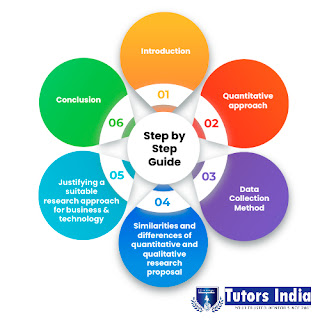Conducting a Quantitative UK Dissertation Research Methodology – Step By Step Guide
Introduction
Amassing
information, documenting facts and attempting to find information in a rather
unsystematic manner could be wrongfully deemed as research. On the contrary,
research refers to an investigation that is appropriately structured and
revolves around a phenomenon. On the contrary, it can be witnessed across every
academic domain. Furthermore, this type of reemergence has been anticipated as
a result of the importance associated with the selection of a research
methodology.
Understanding
and Tackling a Quantitative Research Method
Quantitative
research is deemed as an organized inquiry to examine a phenomenon by
collecting information in a numerical format and executing a statistical,
mathematical or computational analysis (Apuke, 2017). Quantitative research
methods are founded on the positivist paradigm that extends support to
approaches deeply ingrained in statistical breakdown, while including several
strategies like; structured protocols, mathematical exposition, hypotheses
testing, blinding, questionnaires, quasi-experimental and experimental design,
and randomization which have a restricted kind of preset responses.
Figure 1. Key
Points in Writing a Quantitative Research Methodology
Source:
Tutors India, 2022
Techniques
for Data Collection
Data
collection in a quantitative research would hinge on probability sampling and
the use of structured tools to gather data, which is apt for diverse experience
within categories of response that are predefined. Outcomes obtained through
quantitative methods of data collection
produce results which render it easy to generalize, summarize and comparison
(Eyisi, 2016). Data for quantitative research is carried out using tools like
survey questionnaires.
For More
Info:


Comments
Post a Comment